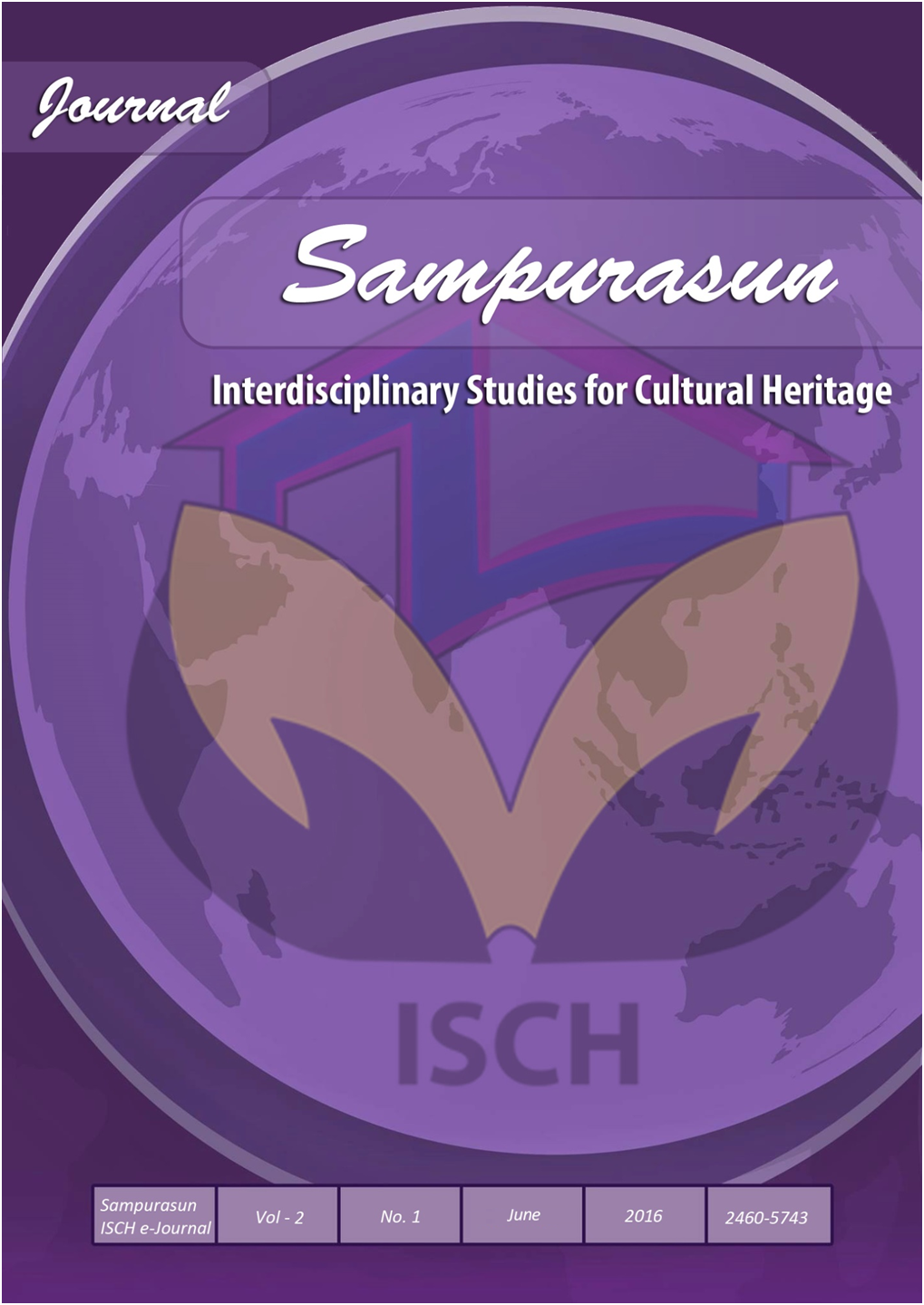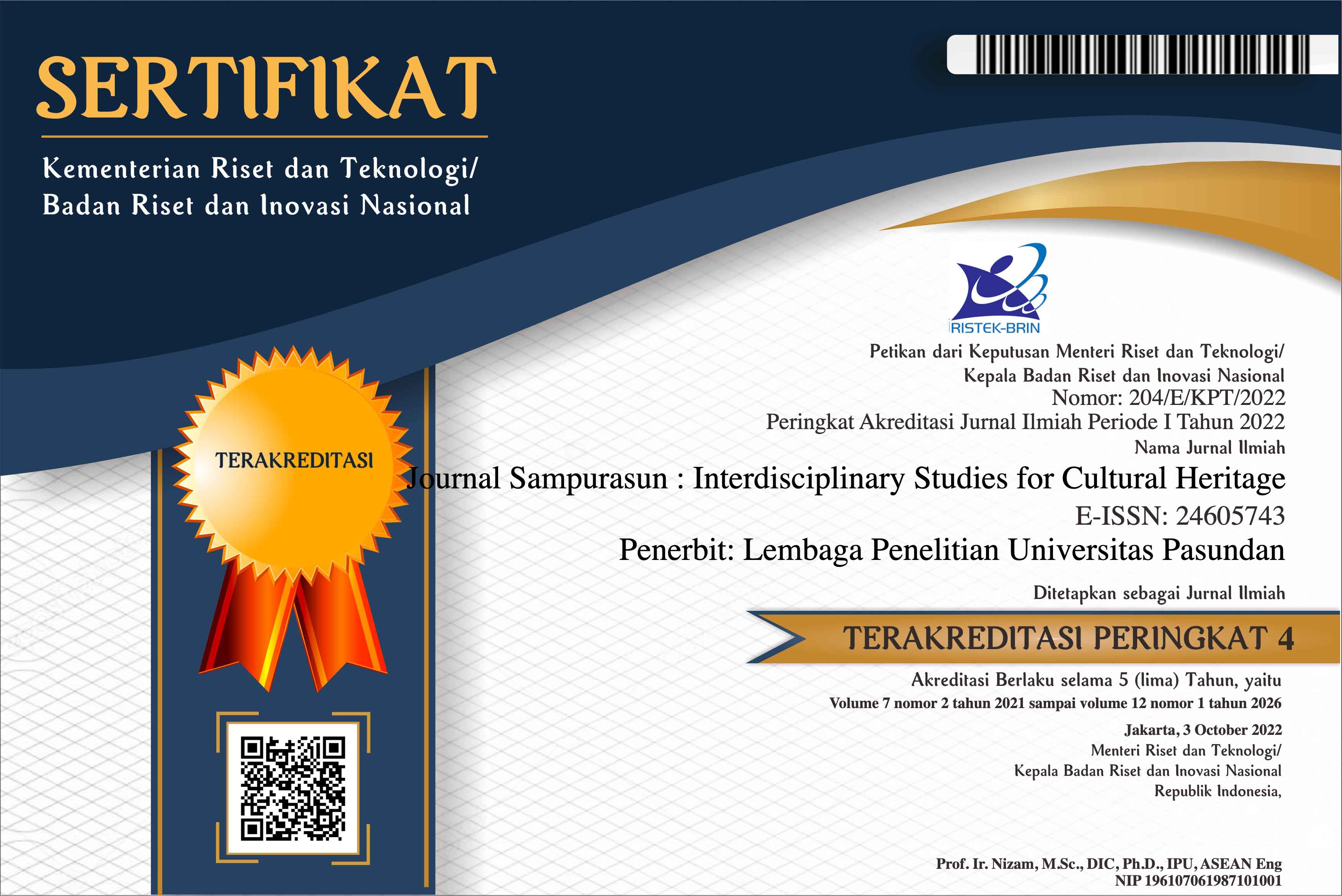COMMUNITY ECONOMIC ZONE: AN ALTERNATIVE TO INCREASE PUBLIC WELFARE IN RURAL AREA
Social Economic Zone; Social welfare; FlipMas; Rural Area
DOI:
https://doi.org/10.23969/sampurasun.v2i01.126Abstract
Humans’ ability in fullfiling primary needs or doing their social role have an obstacle called proverty, so community cannot perform their social functions. This condition occurs in developing countries including Indonesia. Since 2014 FlipMas Indonesia (Forum Layanan Ipteks bagi masyarakat Indonesia) and CSR/BKBL PT. Pertamina (Persero) have cooperated to create an idea to decrease proverty through Social Economic Zone or also known as Kawasan Ekonomi Masyarakat (KEM) PertaminaFlip. KEM program conducts nationally by region FlipMas in many provinces and aims to increase human development index (IPM) which is a target activity focused to economic, health and education enhancement. The method used aliterature study is supported with many practices in field work nationally to know the active target community social function in KEM membership with standard success level using IPM standard Indonesia. This year is a KEM program implementation, and the reports from each province reveal that the majority of KEM activities contibuted in increasing IPM rural community especially in revenue enhancement field. The result indicates that KEM program can increase community social welfare in rural area.
Downloads
Downloads
Published
Issue
Section
License
Copyright Notice
Authors should not withdraw their submitted papers because the withdrawal wastes voluntary works devoted by an associate editor and reviewers. But, we accept the withdrawal of a submitted paper if authors have unavoidable reasons. In the event that a manuscript is to be withdrawn from submission to Sampurasun Journal, a letter must be sent to the editorial office requesting withdrawal by e-mail (sampurasunjournal@unpas.ac.id) with its scanned PDF file, before the notification of acceptance for publication.
The withdraw request letter must include the following information. Paper ID, Paper title, Authors names, Reason why the paper must be withdrawn, and Date and signatures of all the authors (or signature of the contact author).
If only the contact author signs the letter, he/she must obtain the agreement of the withdrawal from all the other authors and the letter must include the description that all the other authors agreed the withdrawal. The journal will not withdraw a manuscript from peer review until such a letter has been received. Authors must not assume their manuscript has been withdrawn until they have received appropriate notification from the editorial office. Withdrawal of a manuscript subsequent to acceptance for publication will only be granted in the most exceptional of circumstances.
After the paper is accepted for publication, the withdrawal is not permitted in principle. The authors must always pay the charge even if the withdrawal is permitted. Any request of withdrawal that does not follow the above procedure is treated as invalid. If illegal submission, e.g., plagiarized or duplicate submission, is found for a paper, the withdrawal of the paper will never be permitted and the authors will be punished based on the rule. It is not acceptable practice to withdraw a manuscript in the event of acceptance at another journal. This constitutes dual submission. The editorial office of the other journal will be notified of your actions. In such circumstances Sampurasun ISCH may chose to impose appropriate punitive action subject.
Withdrawal Penalty
Author is not allowed to withdraw submitted manuscripts, because the withdrawal is waste of valuable resources that editors and referees spent a great deal of time processing submitted manuscript, money and works invested by the publisher. If author still requests withdrawal of his/her manuscript when the manuscript is still in the peer-reviewing process, author will be punished with paying $200 per manuscript, as withdrawal penalty to the publisher. However, it is unethical to withdraw a submitted manuscript from one journal if accepted by another journal. The withdrawal of manuscript after the manuscript is accepted for publication, author will be punished by paying US$500 per manuscript. Withdrawal of manuscript is only allowed after withdrawal penalty has been fully paid to the Publisher. If author don't agree to pay the penalty, the author and his/her affiliation will be blacklisted for publication in this journal. Even, his/her previously published articles will be removed from our online system.


















